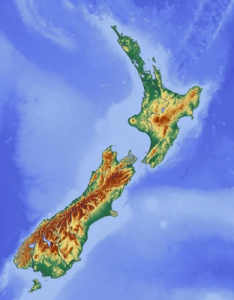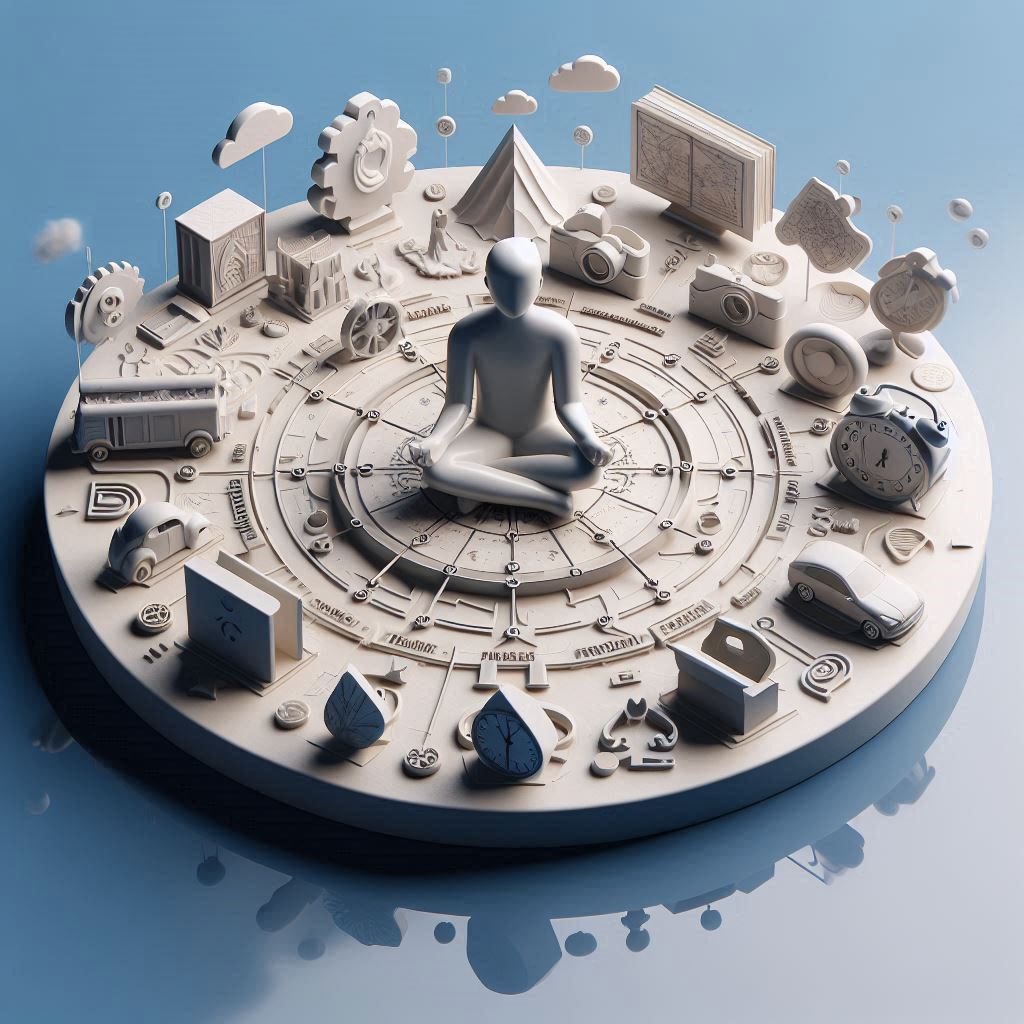Every territory can be represented by so many different maps. Different maps serve different functions. A map that shows you only streets and addresses is very useful when you are trying to find directions from on point to another. Such a map however doesn’t help you understand where the water will gather on a heavy rain day. You will need a map that shows contour lines for that.

Our mind makes sense of our experiences by making a map. A map is not the exact experience we went through, it is a representation. Like any map, it serves a particular purpose. It is useful in some context, and it isn’t in another. At the end of the day, it is just a map.
Here are two things to consider
- No matter how good the map is, we can’t live on the map. We must go experience the territory. we might think that our map offers the most accurate representation of the territory. Sometimes, when we go experience the territory, we discover that the map might be missing some details. Because we can’t just live in/on our map, we need to be willing to adjust the way we are interacting with the territory if it varied from the map.
- The same experience/territory can have different maps. As we saw before, different maps have different functions. Being attached to one map is like insisting to only use a topographic map with no road marking to navigate my way from one town to another.
Now ask yourself the following questions:
- How would your experience change if you considered that what you know about the world is just your map of it? That what you consider to be true is just one way of representing the experience?
- When you discover that your map isn’t serving you, not making you happy, not bringing you close to your goal, how do you feel about changing it?

